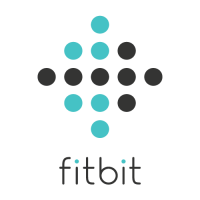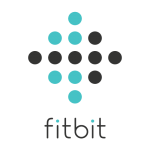 Alarm.com (NASDAQ: ALRM), a cloud-based security systems provider is among the recent additions to our Battle Road IPO Review Software sector coverage. Founded in 2000 as part of a research and development unit within MicroStrategy (NASDAQ: MSTR), a provider of business intelligence software, Alarm.com was later spun off from MSTR. Alarm.com is headquartered in Vienna, Virginia, and its CEO and president is Steve Trundle. Consensus estimates call for EPS of $0.14 in 2015, flat with $0.14 in 2014, while revenues are projected to increase by 16 percent in 2015 to $194 million.
Alarm.com (NASDAQ: ALRM), a cloud-based security systems provider is among the recent additions to our Battle Road IPO Review Software sector coverage. Founded in 2000 as part of a research and development unit within MicroStrategy (NASDAQ: MSTR), a provider of business intelligence software, Alarm.com was later spun off from MSTR. Alarm.com is headquartered in Vienna, Virginia, and its CEO and president is Steve Trundle. Consensus estimates call for EPS of $0.14 in 2015, flat with $0.14 in 2014, while revenues are projected to increase by 16 percent in 2015 to $194 million.
Alarm.com debuted on the NASDAQ on June 26, 2015 at $14.00 per share. All proceeds from the seven million share offering went to Alarm.com. Goldman Sachs, Credit Suisse and Merrill Lynch acted as book-running managers for the transaction, with Stifel, Raymond James, William Blair, and Imperial Capital acting as co-managers. At a recent share price of $14.00, the company’s market cap is roughly $635 million.
Alarm.com deploys wireless security systems that can be monitored using video, mobile apps, and web-based apps. In 2010, Alarm.com added to these systems by allowing users to control heating and cooling temperatures using these apps. With 2.3 million subscribers, 25 million connected sensors and devices, and 20 billion data points processed in the last year alone, Alarm.com claims to be the largest connected home platform. This platform has been built specifically for home and business security, with a network of more than 5,000 service providers, with expertise in design, sales, installation, and support for the platform.
The connected home platform designed by Alarm.com has four main segments: Interactive Security, Intelligent Automation, Video Monitoring, and Energy Management. Interactive Security is an always-on security system powered by cellular connection which can survive otherwise detrimental occurrences such as line cuts, power outages and network problems. Interactive Security includes app alerts and triggers and constant emergency response. Intelligent Automation allows users to connect and control security systems, garage doors, lights, locks, thermostats, electricity and other devices. Intelligent Automation learns patterns and recommends adjustments.
Video Monitoring allows for on-demand viewing of security footage which can be accessed at any time, including live streaming, video alerts, constant high definition recording and clip captures. Video Monitoring can be accessed through the web and mobile apps. Energy Management enables users to control energy usage and comfort and is connected to thermostats, power meters, lights, shades, solar panels and appliances. Energy Management controls devices and manages temperatures. Users can also obtain a real-time look into their energy usage and efficiency. The pricing for Alarm.com is a monthly fee starting at $13.99 for homes and $19.99 for businesses, with more features available for a higher cost. There is also an initial set-up fee.
The Alarm.com app, which can control the entire connected home platform, is available on the iPhone, iPad, Android, Windows Phone, Apple Watch, Pebble Watch, and Amazon Fire TV. This app is what brings the connected home platform together, allowing users access to their homes while out and about. Main competitors of Alarm.com include iControl, Frontpoint, Protect America, LiveWatch, Link Interactive, SimpliSafe, LifeShield, AlarmForce, ADT, and Vivint. Post-IPO, we note that Alarm.com has a solid balance sheet, with over $100 million in cash and net debt of just $7 million.






 .
.